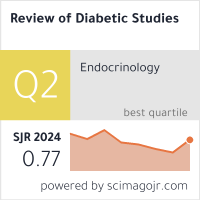Cross-Cultural Perspectives On Allegory: Linguoculturological Features In English And Uzbek Literal Texts
DOI:
https://doi.org/10.70082/wmrdrs15Keywords:
allegory, linguoculturology, comparative linguistics, symbolic imagery, cultural codes, Animal Farm, Zarbulmasal, George Orwell, Muhammadsharif Gulhaniy, cross-cultural analysis.Abstract
This study investigates the linguoculturological features of allegory in English and Uzbek literary texts through a comparative and semiotic perspective. Drawing upon George Orwell’s Animal Farm and Muhammadsharif Gulhaniy’s Zarbulmasal, the research analyzes how allegorical units reflect national worldviews, cultural codes, and collective consciousness. Descriptive, comparative-contrastive, semantic-stylistic, and cognitive-metaphorical methods were employed to reveal the universal and culture-specific functions of allegory as a linguistic and cultural phenomenon. The findings demonstrate that allegory serves as a key means of expressing socio-political and moral ideas through symbolic representation, thereby bridging language and culture. In both works, allegorical imagery not only conveys national identity and ethical values but also enables intercultural dialogue and understanding of global human issues. The paper contributes to modern linguoculturology by elucidating how figurative devices—particularly allegory, metaphor, and symbol—function as cognitive and cultural signifiers across languages.
Downloads
Published
Issue
Section
License

This work is licensed under a Creative Commons Attribution-ShareAlike 4.0 International License.


